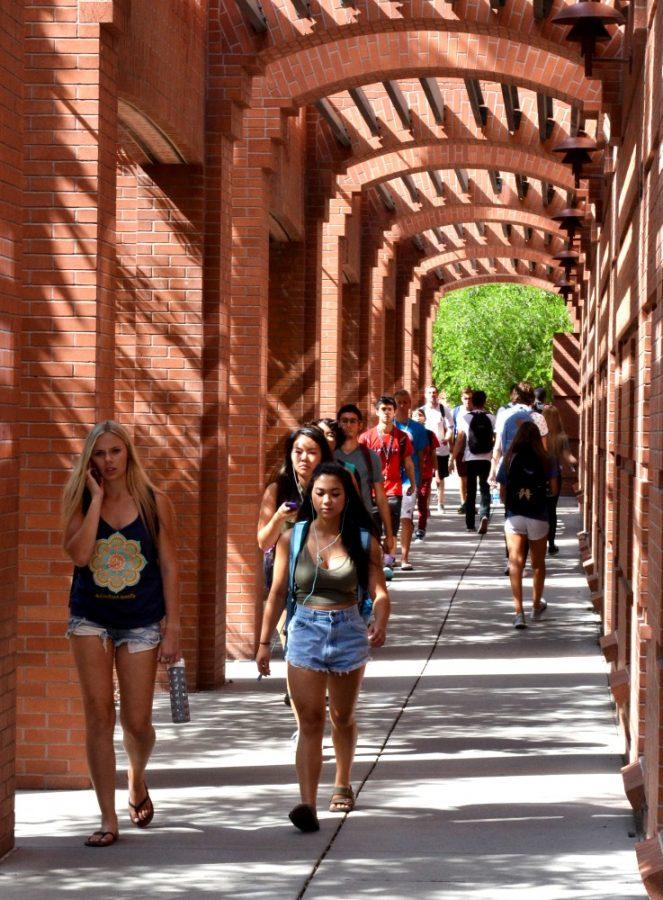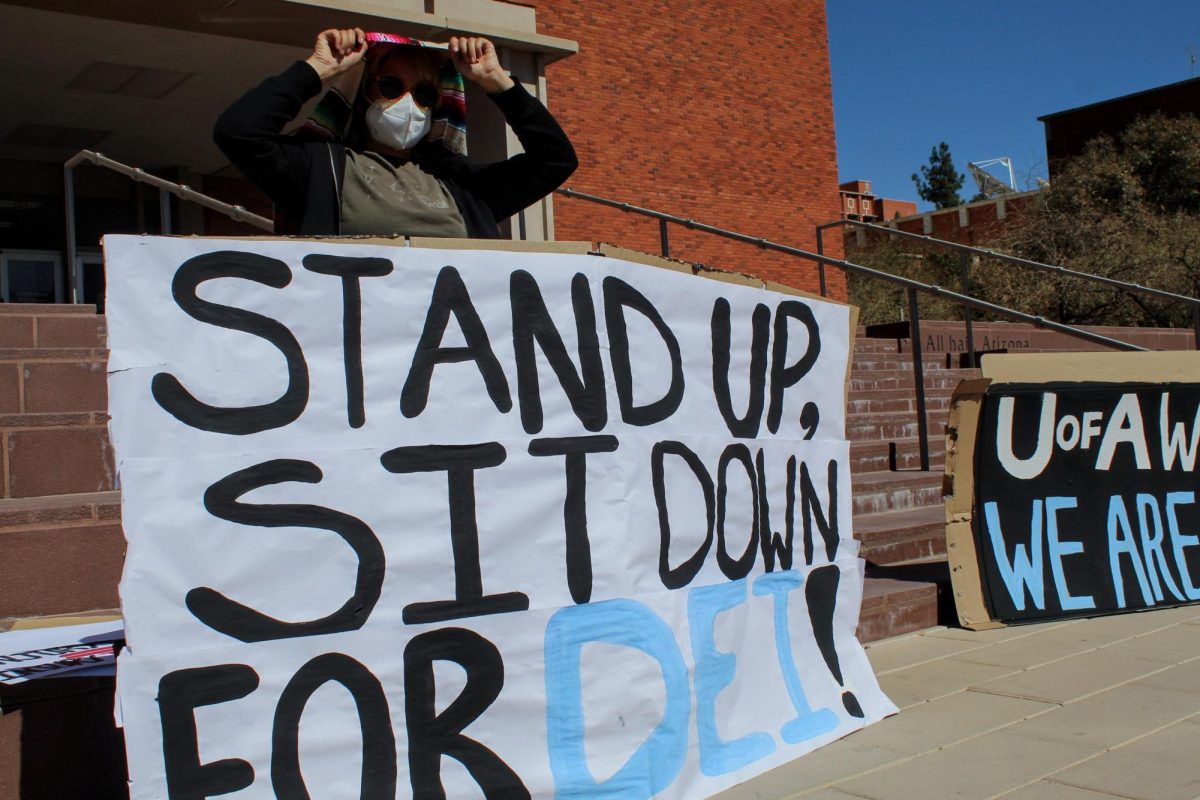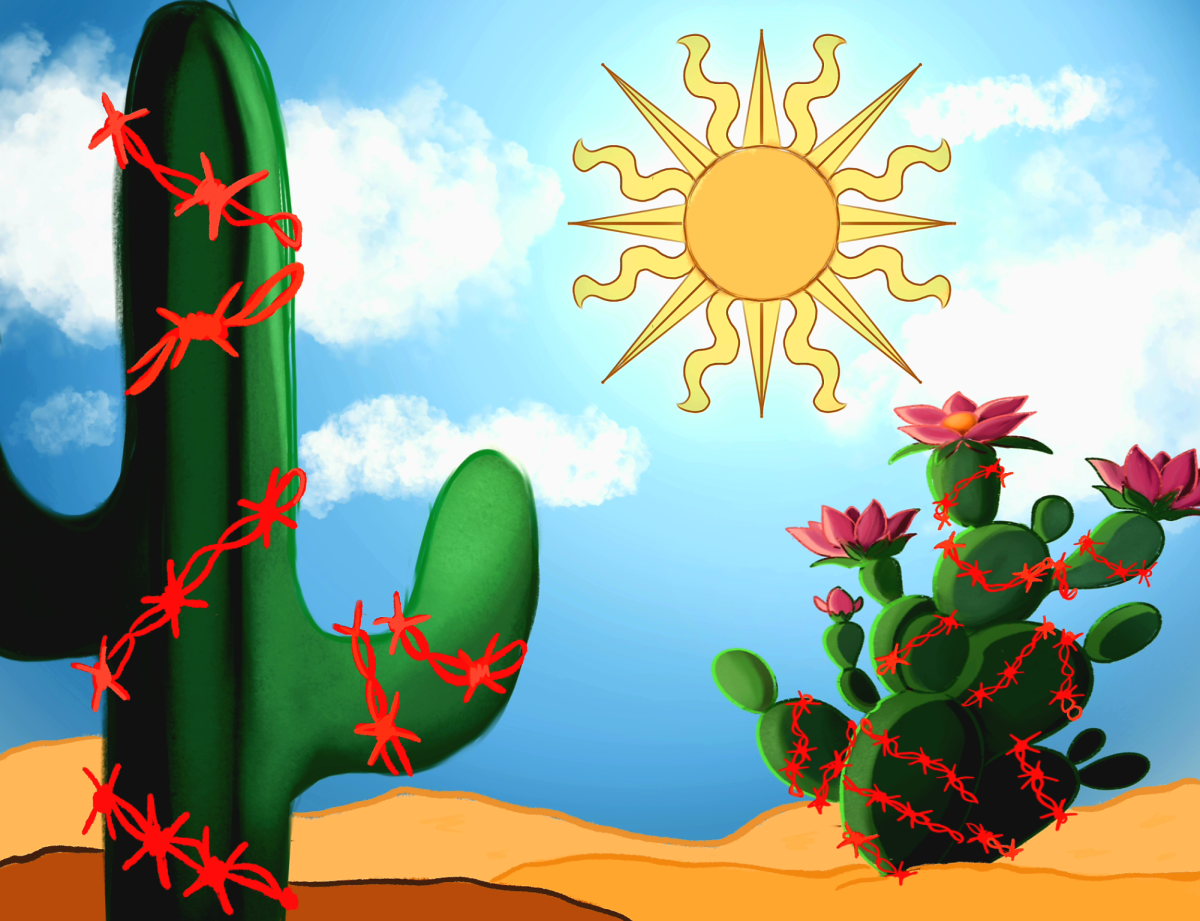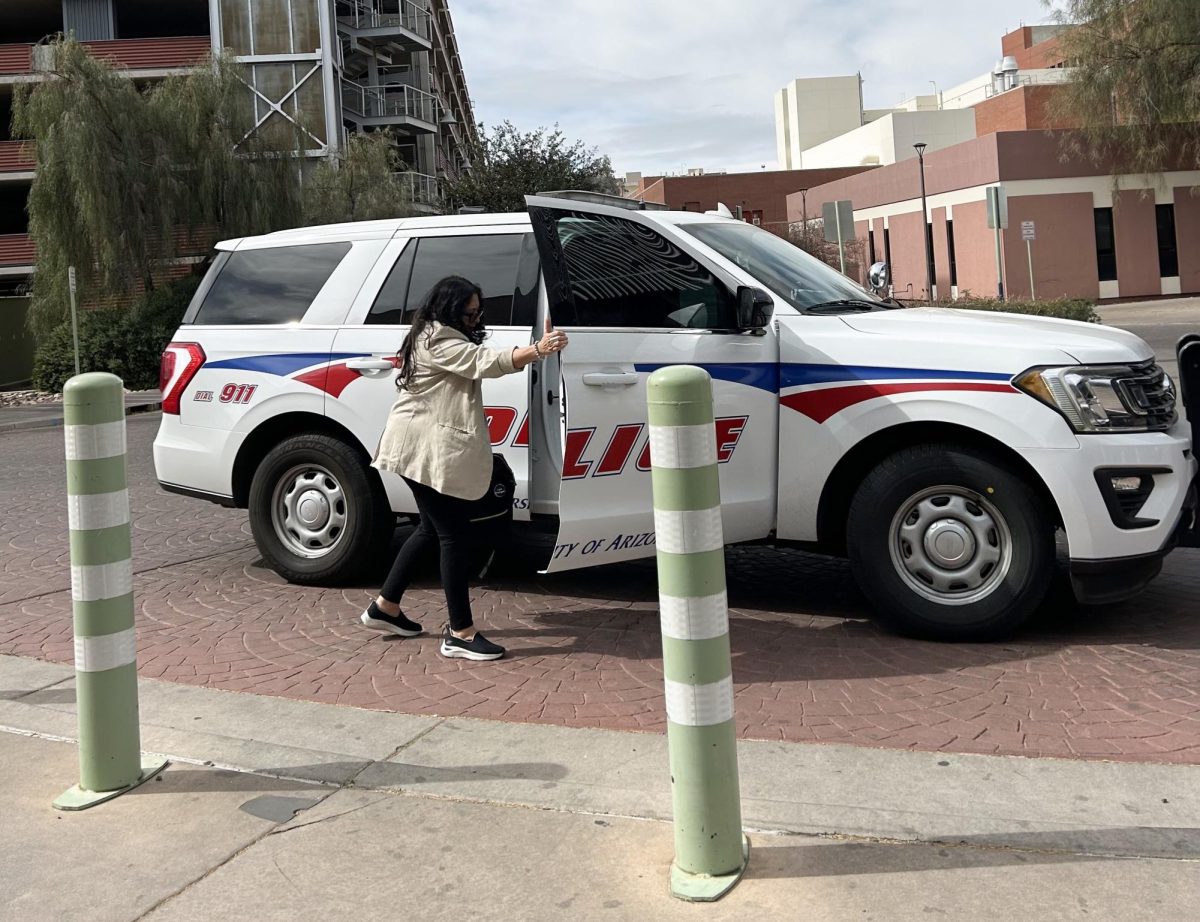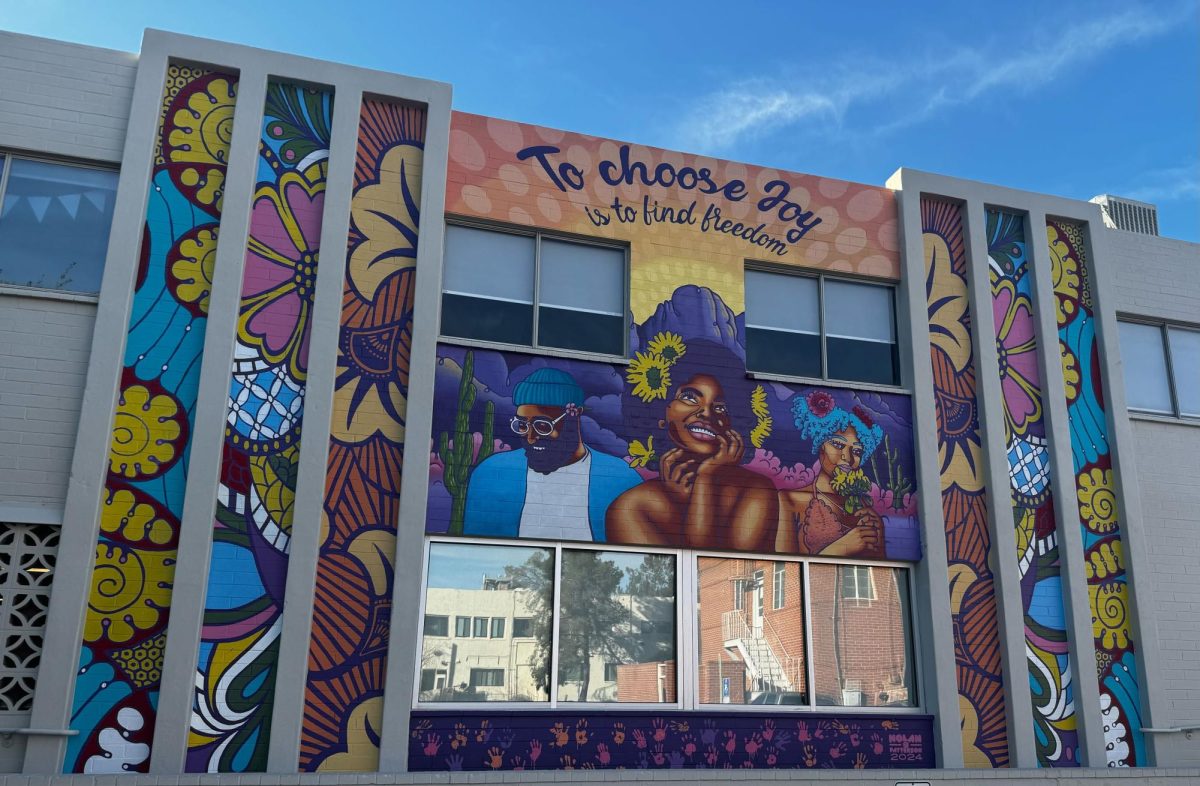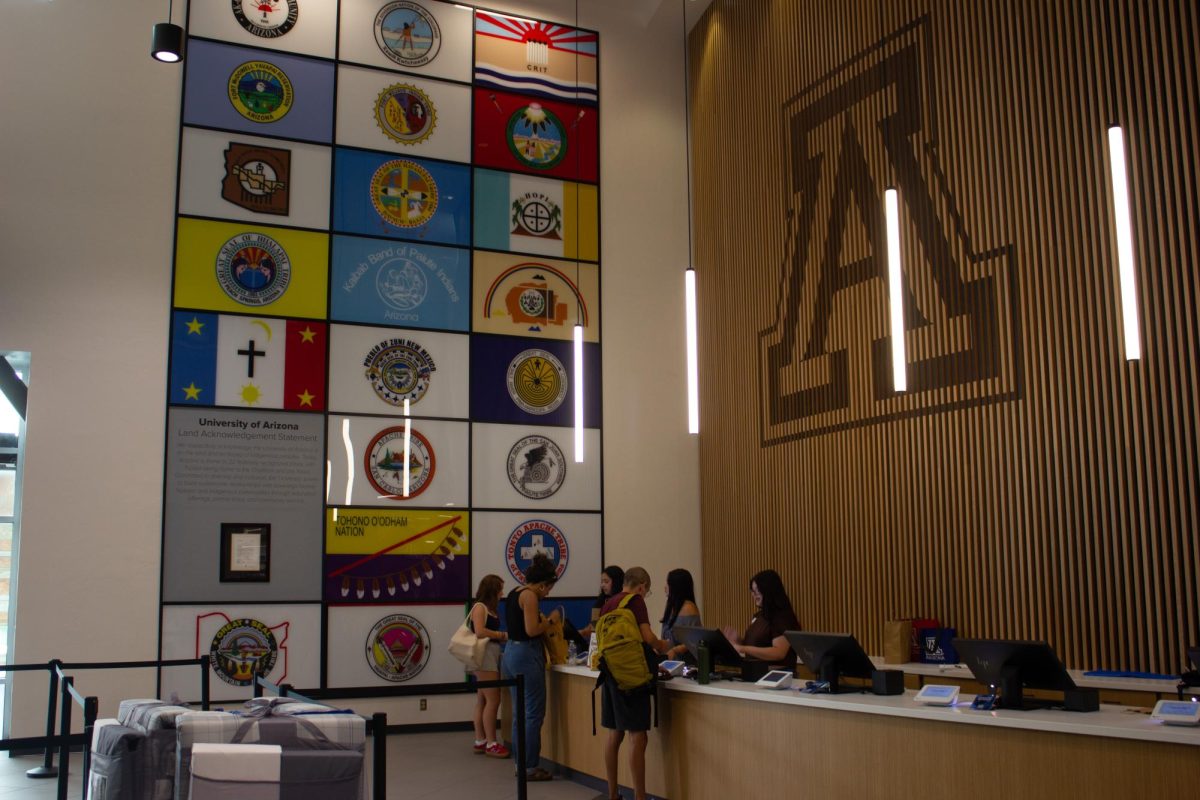The UA welcomed 10,085 new Wildcats on Monday as part of what is set to be its most diverse class ever.
While enrollment numbers are not considered official until the twenty-first day of classes, diversity enrollment was up by 1-2 percentage points from last year for both freshman and transfer students, according to Dean of Undergraduate Admissions Kasey Urquidez.
The UA saw a particularly large leap with Native American transfer student enrollment, which preliminary figures show to be up by 18 percent.
This kind of increase is a huge success for the UA, as Native Americans have traditionally been a hard demographic for institutions of higher education to reach, said Rebecca Tsosie, regent’s professor of law and special advisor to the provost for diversity and inclusion, via email.
“American Indians represent about 1.9 percent of the population of the U.S., so naturally, the numbers of American Indian students within institutions of higher education is proportionately small,” Tsosie said in her email. “However, that numerical fact is further complicated by the fact that there is a high dropout rate among American Indian high school students.”
Native Americans had a high school graduation rate of 67 percent in 2014, compared to the average high school graduation rate of 80 percent, according to the White House’s 2014 Native Youth Report.
“In addition, of those who do graduate from high school in Arizona, only a very small percentage have the requirements needed to enter one of the three state universities as a freshman student,” Tsosie said in her email.
The UA held its second Annual Native American Transfer day last April, which saw a 182 percent increase from the event’s first year. Fifty Native American students and 12 counselors received a tour of campus and presentations from admissions staff on programs geared toward Native American students, according to the Dean of Undergraduate Admissions, Kasey Urquidez.
Raising retention rates for minority students was prominent on the list of demands made by campus cultural groups, who banded together as the Marginalized Students of the University of Arizona last April.
RELATED: Protest for marginalized students a ‘PR event’ to raise awareness for demands
In order to keep racially diverse students on campus, Jesús Trevino, the newly appointed vice provost for inclusive excellence and senior diversity officer, is encouraging that administrators and professors begin validating students of color.
“What I’ve actually emphasized is an asset-based model,” Trevino said. “I’ll give you an example: the word ‘minority’ means ‘less than’ and I’ve already asked people to use words like ‘students of color,’ ‘scholars of color,’ ‘ethnic/racial students’ or call them by their particular categories … so that we get away from the language that actually says there’s something wrong with you, something less than, and we actually have to use language that actually validates students in order for them to get excited about being here at the university.”
A breakdown with exact percentages of the entering class will be available on Sept. 20.
RELATED: Trust is biggest hang-up at first meeting of new Diversity Task Force
Follow Michelle Jaquette on Twitter.



